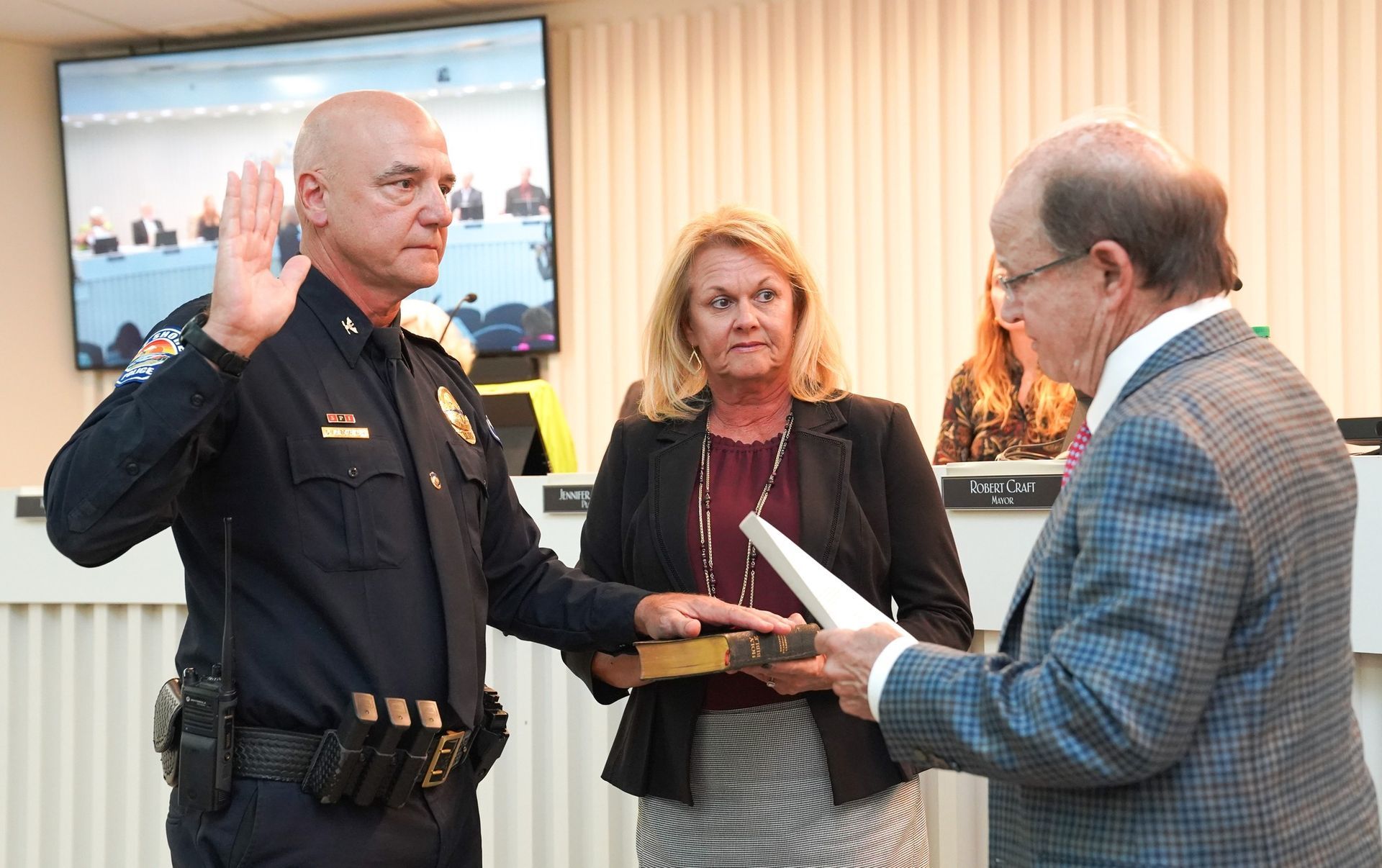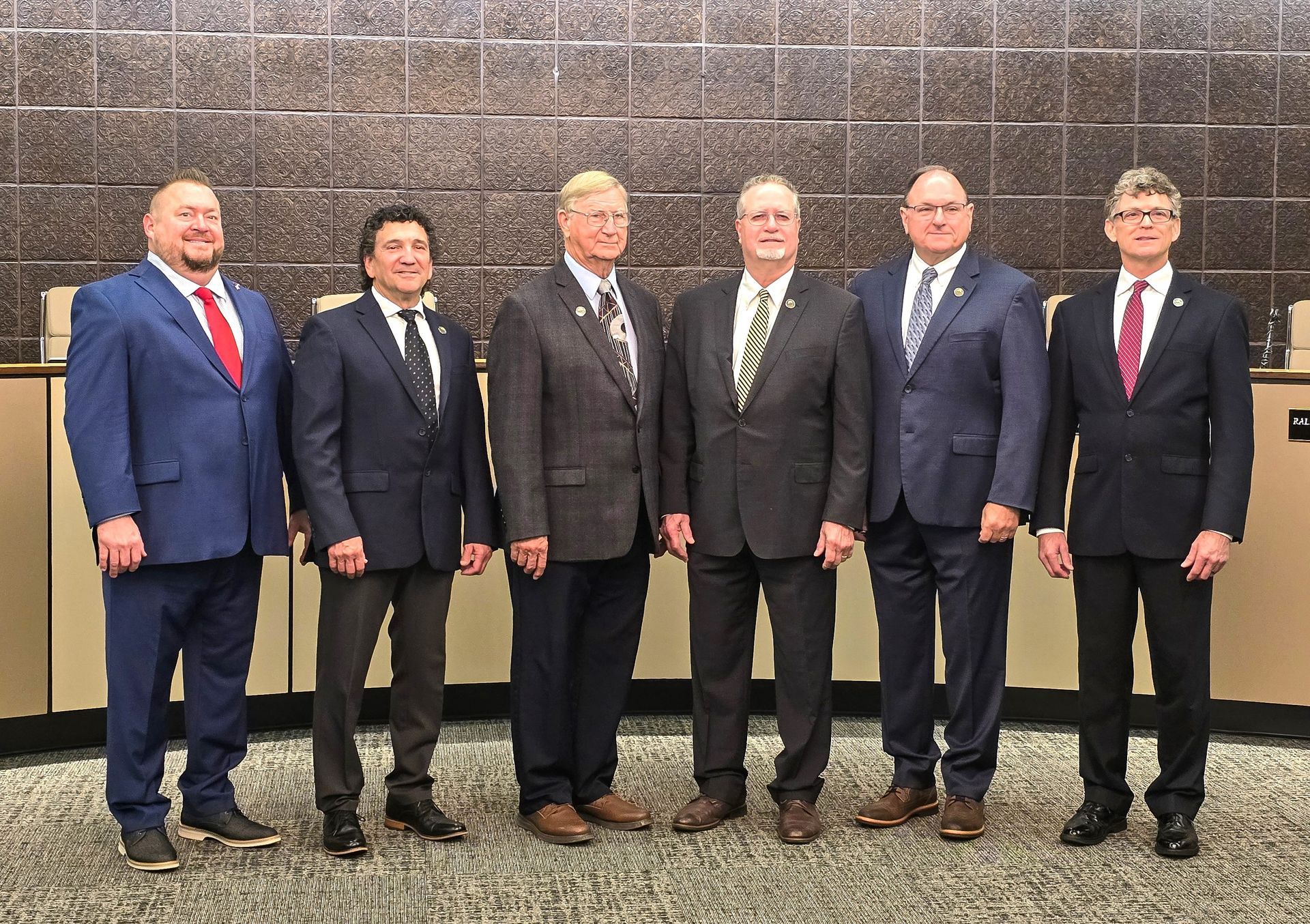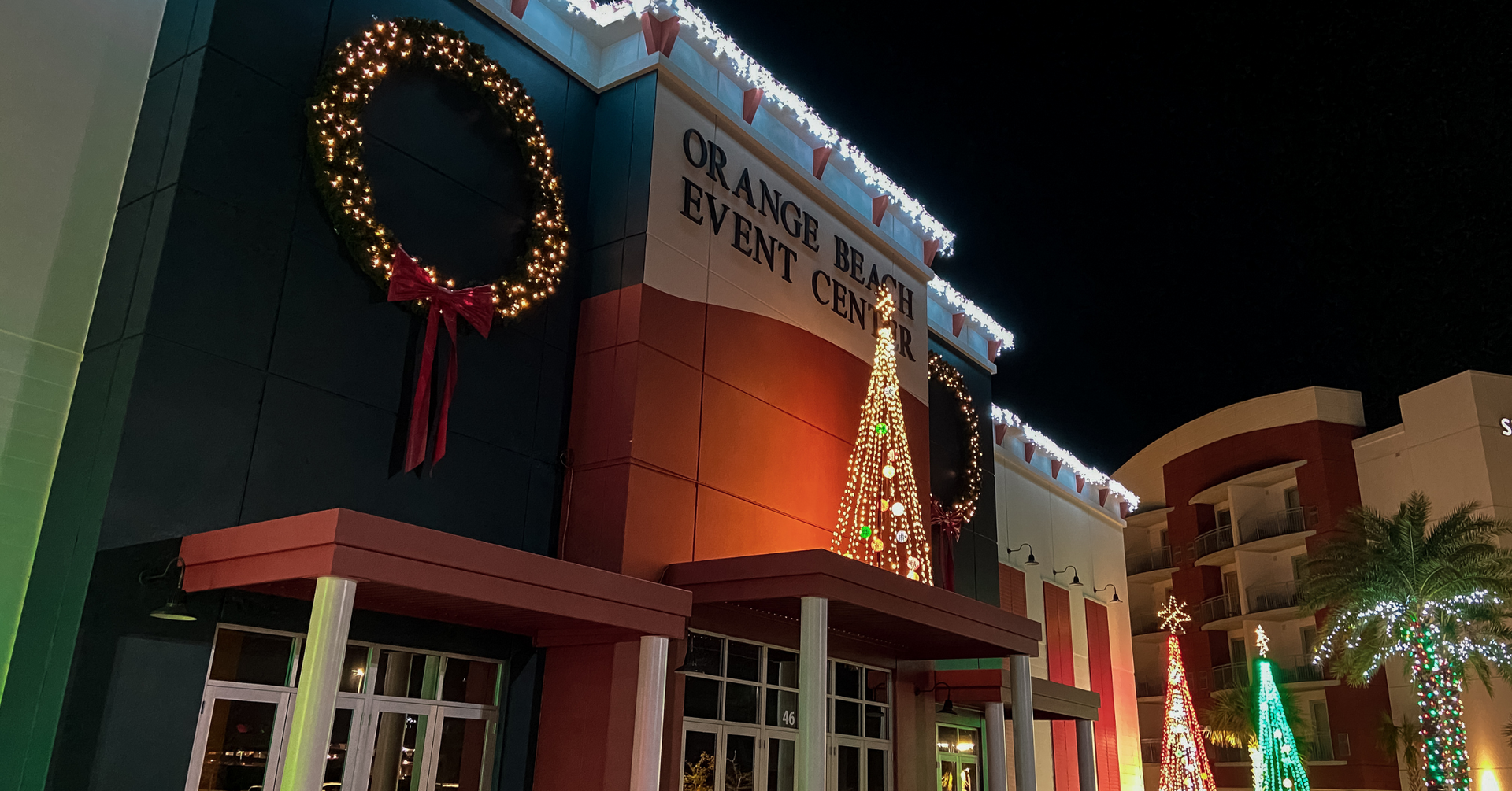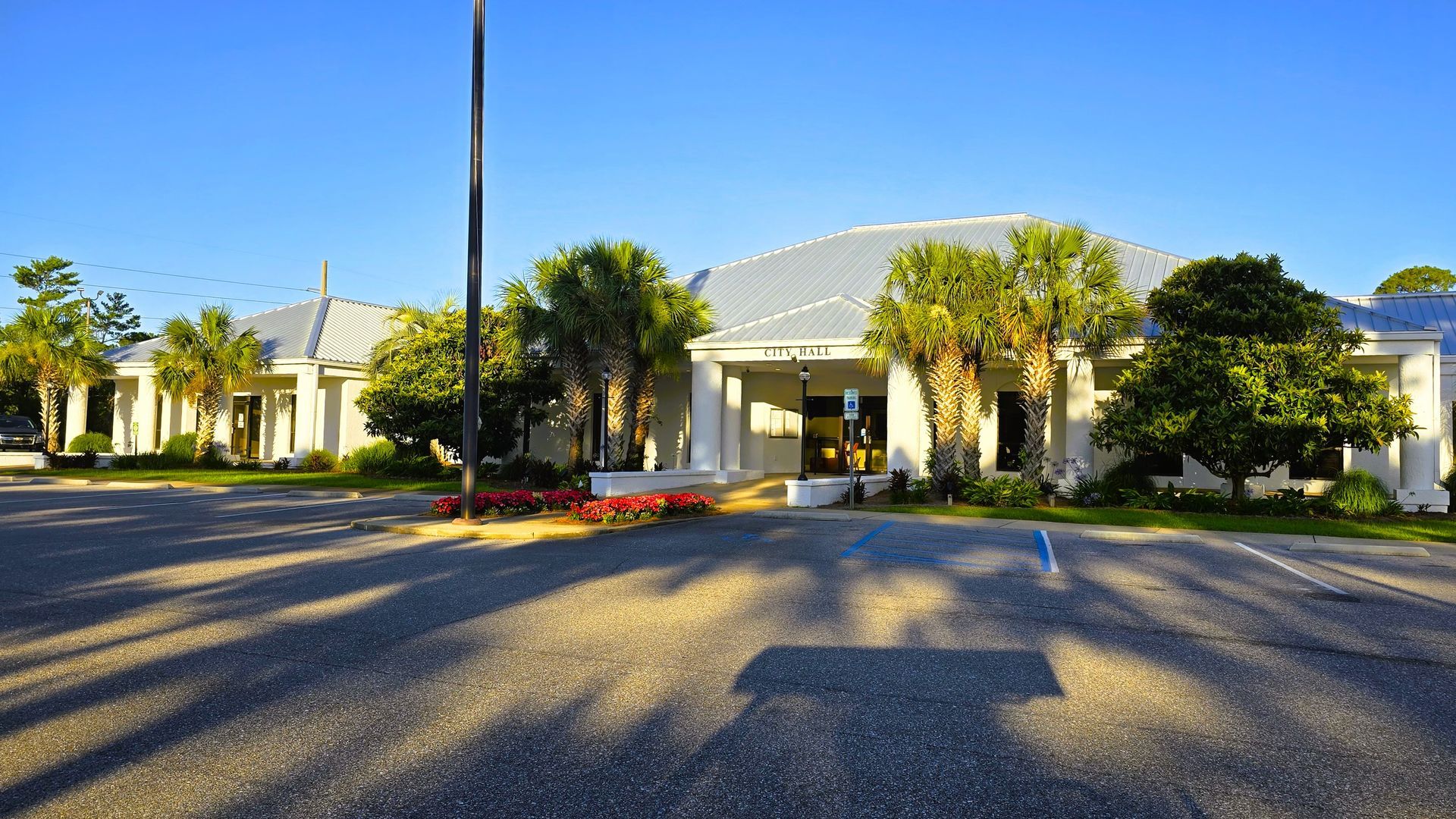Honoring Local Lighthouses for National Lighthouse Day
Beacons That Shaped Our Coastal Heritage
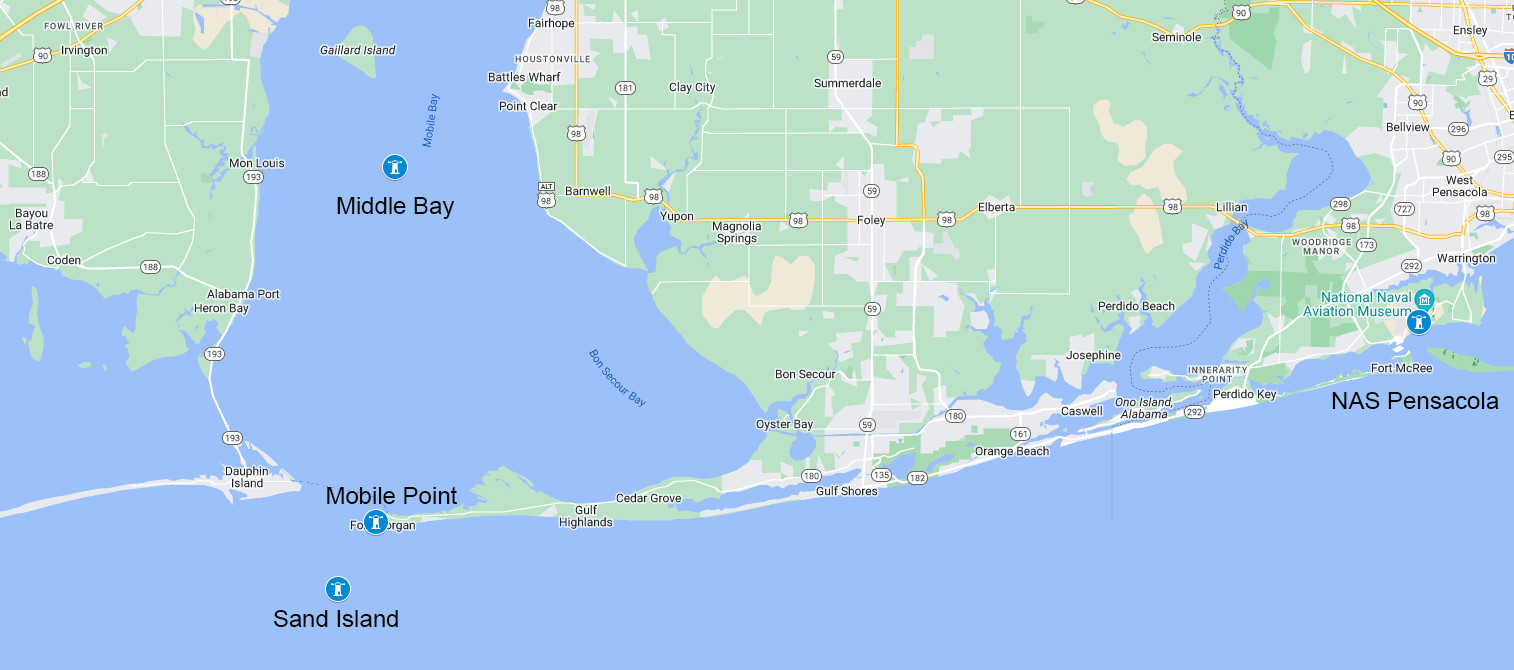
Orange Beach, Ala. — (OBA) — National Lighthouse Day, celebrated each year on August 7, offers a special opportunity to honor the towering guardians that have guided sailors safely along our coastline for generations. These steadfast beacons have played a crucial role in maritime navigation and safety, and their stories are woven deeply into the fabric of our local history. In our region, four remarkable lighthouses—Sand Island, Mobile Point, Middle Bay, and Pensacola—stand as monuments to the enduring spirit of our coastal communities.
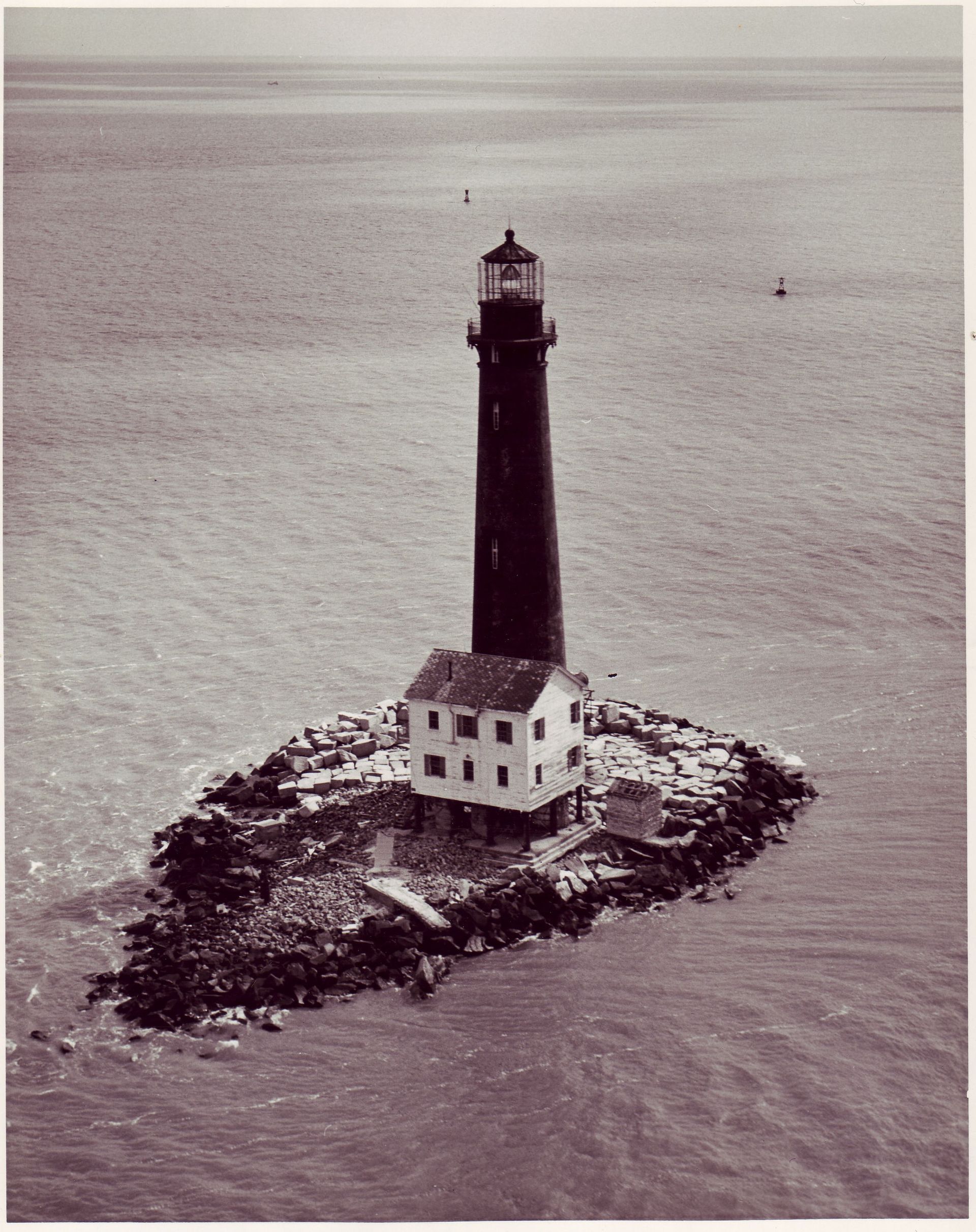
Sand Island Lighthouse: Alabama’s Endangered Beacon
Standing steadfast three miles offshore from Dauphin Island, the Sand Island Lighthouse is a testament to Alabama’s storied maritime past. The original lighthouse was erected by Winslow Lewis in 1839 but was destroyed during the Civil War. After several reconstructions, the current tower—completed in 1864—rises 125 feet on a robust foundation supported by 171 wooden pilings and a thick concrete base. This lighthouse, sharing architectural similarities with North Carolina’s Bodie Island Light, has faced relentless erosion, hurricanes, and the persistent battering of the Gulf waters.
Over the years, ambitious restoration projects have sought to preserve Sand Island Lighthouse, including the placement of granite blocks and even the construction of an artificial island using dredged sand. Unfortunately, Hurricane Isaac in 2012 washed away this artificial buffer, setting back preservation efforts. Now listed among the country’s most endangered lighthouses, the Sand Island Light remains threatened by natural forces and time. Yet, its legacy endures: the original 2nd-order Fresnel lens is displayed at the Fort Morgan Museum, and the lighthouse continues to symbolize the dedication of local preservationists striving to save a pivotal chapter of Alabama’s history.
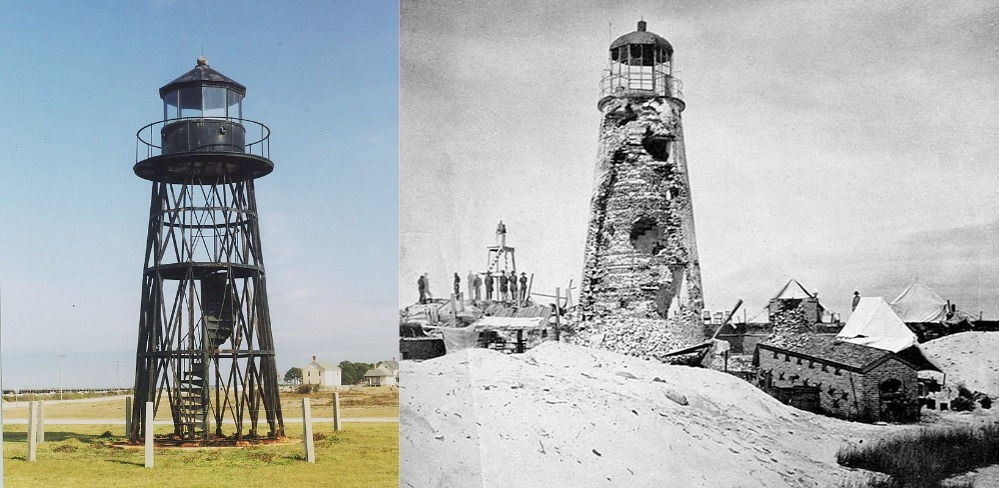
Mobile Point Lighthouse: Fort Morgan’s Historic Sentinel
Nestled at the tip of the Fort Morgan Peninsula, the Mobile Point Lighthouse—also known as the Mobile Point Range Rear—has stood watch over Mobile Bay since 1822. The current cast-iron skeletal tower was erected in 1873 and originally accompanied by a restored wooden keeper’s house from 1872. Though deactivated in 1963, remnants of the original tower were rescued from a junkyard, yet today they lie dismantled, awaiting long-overdue restoration.
Mobile Point Lighthouse is also recognized as one of the nation’s most endangered beacons, with uncertain prospects for renewal. Close by, the Mobile Point (Range A Rear) Light continues to guide ships, while the nearby historic Fort Morgan—renowned as one of the Gulf Coast’s most haunted landmarks—adds a layer of mystery to the area. Visitors exploring the fort’s passageways recount tales of paranormal encounters, further enriching a site steeped in both history and local legend.

Middle Bay Lighthouse: Mobile Bay’s “Screwpile” Marvel
Rising from the heart of Mobile Bay, the hexagonal Middle Bay Lighthouse has earned endearing recognition as the “Screwpile Lighthouse.” Constructed in 1885 atop iron pilings literally screwed into the bay floor, this unique cottage-style structure once served as a pivotal guide for ships navigating the bay’s often-treacherous waters. Designed in the tradition of Chesapeake Bay lighthouses, its homey red-roofed profile belies its historic significance as a maritime sentinel.
After being decommissioned in 1967, the Middle Bay Lighthouse weathered decades of neglect before being added to the National Register of Historic Places and undergoing extensive restoration. Although its famous beacon is now replaced by a solar-powered light, the lighthouse remains a cherished landmark—a living tribute to the ingenuity and dedication of those who safeguarded our waters.

Pensacola Lighthouse: The Gulf Coast’s Storied Guide
On the Florida shore, the Pensacola Lighthouse rises 150 feet above the bay, its black-and-white tower a familiar landmark for mariners since 1859. Perched on a bluff at NAS Pensacola, this “early classical” brick structure boasts one of the few active 1st-order Fresnel lenses in America, installed in 1869.
The keeper’s house has been restored and now serves as a museum detailing both the lighthouse and the Naval Air Station’s history. The Pensacola Lighthouse has also gained a reputation as one of the nation’s most haunted, with tales of resident spirits periodically shared by visitors and paranormal investigators. Special ghost tours and overnight investigations allow guests to experience the lighthouse’s mysterious side firsthand. Despite its spectral legends, the Pensacola Light remains an active aid to navigation and a treasured piece of regional heritage.
Honoring Our Beacons on National Lighthouse Day
National Lighthouse Day is much more than a simple celebration of these majestic towers. It’s a tribute to their vital role in maritime safety, their remarkable resilience, and the colorful local stories that surround them. This August 7, as we look to the horizon, let’s remember and honor these steadfast guardians of our northern Gulf Coast—symbols of both our history and our hope for the future.
Share this article w/ Friends...
